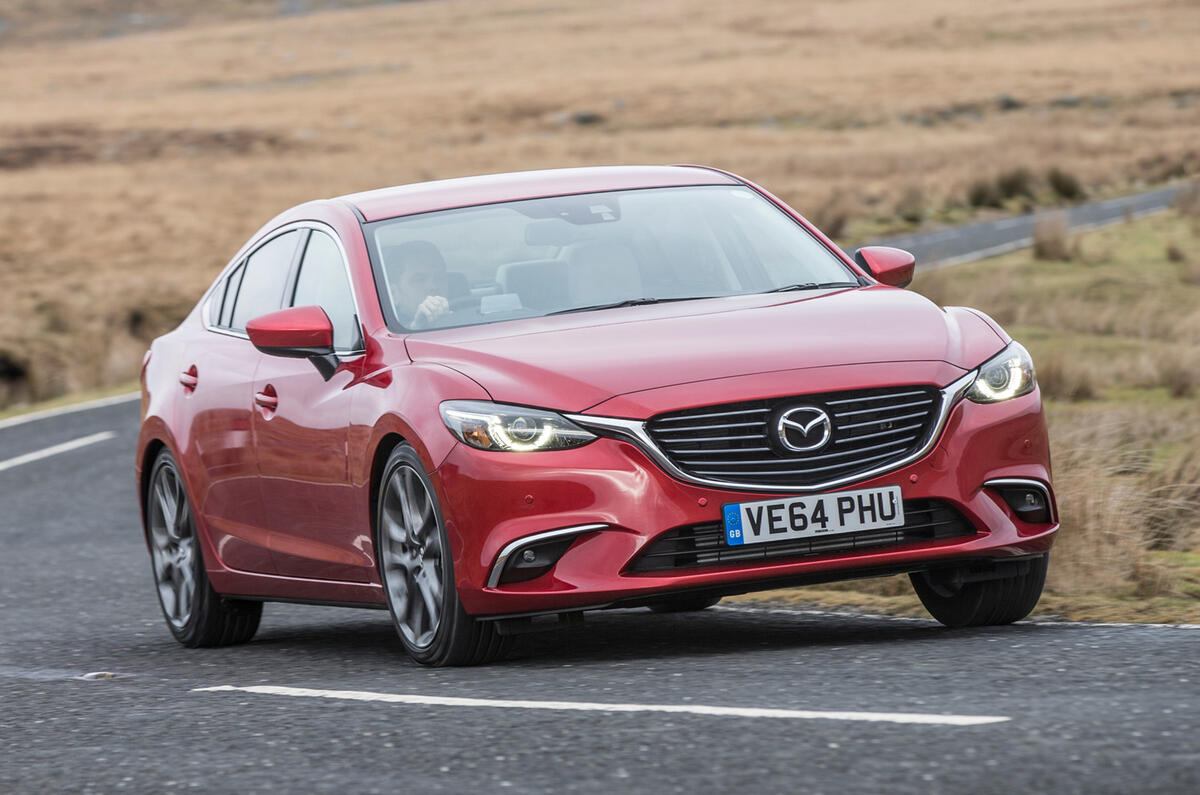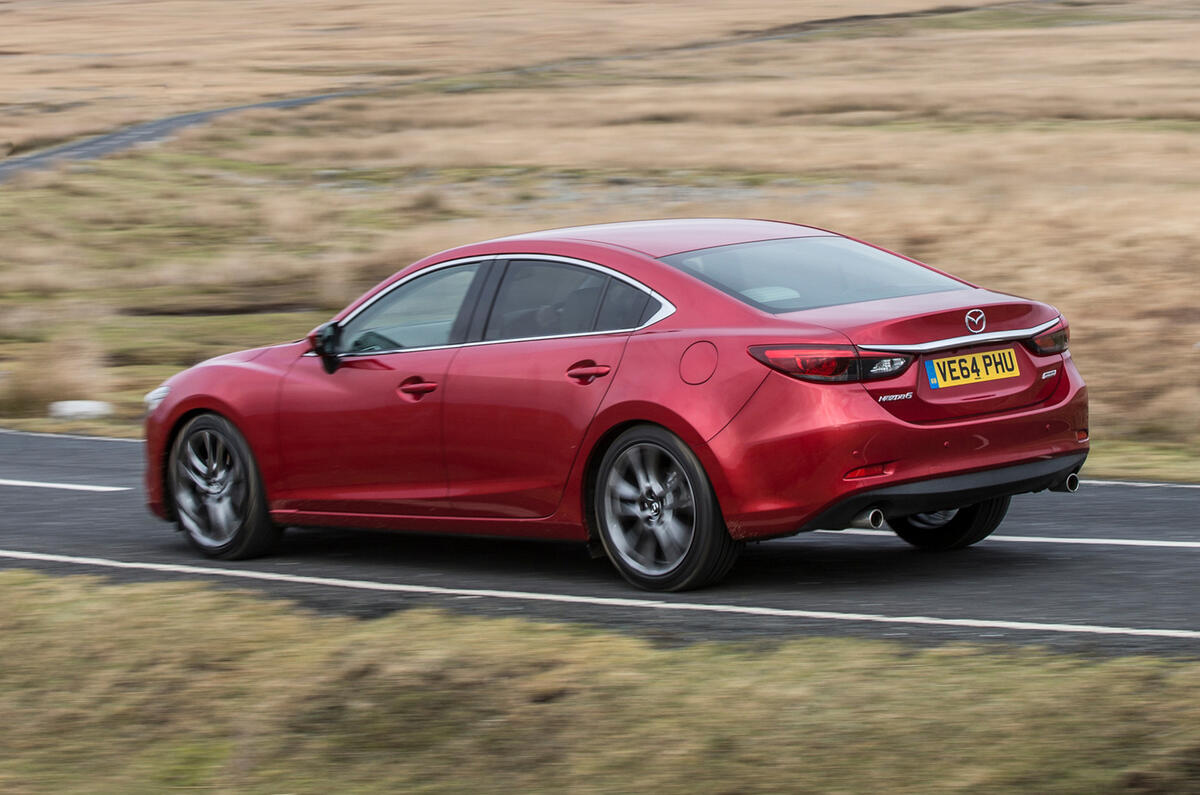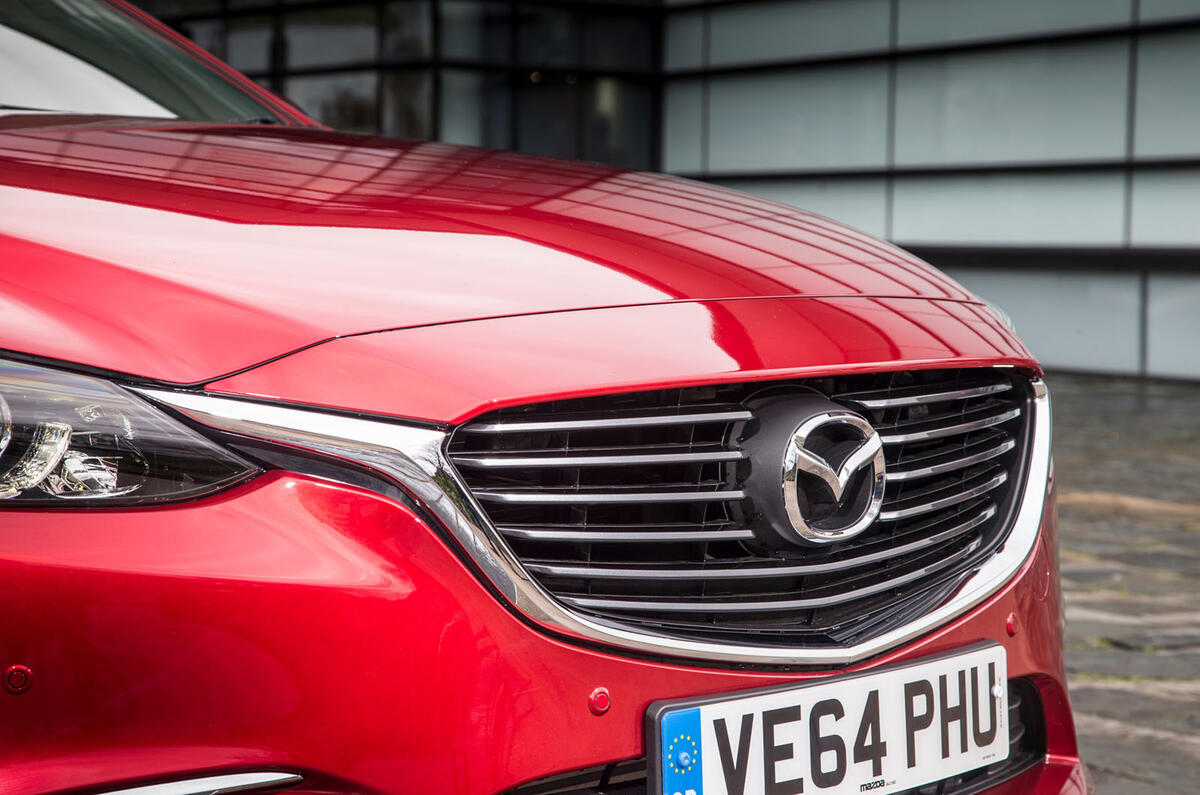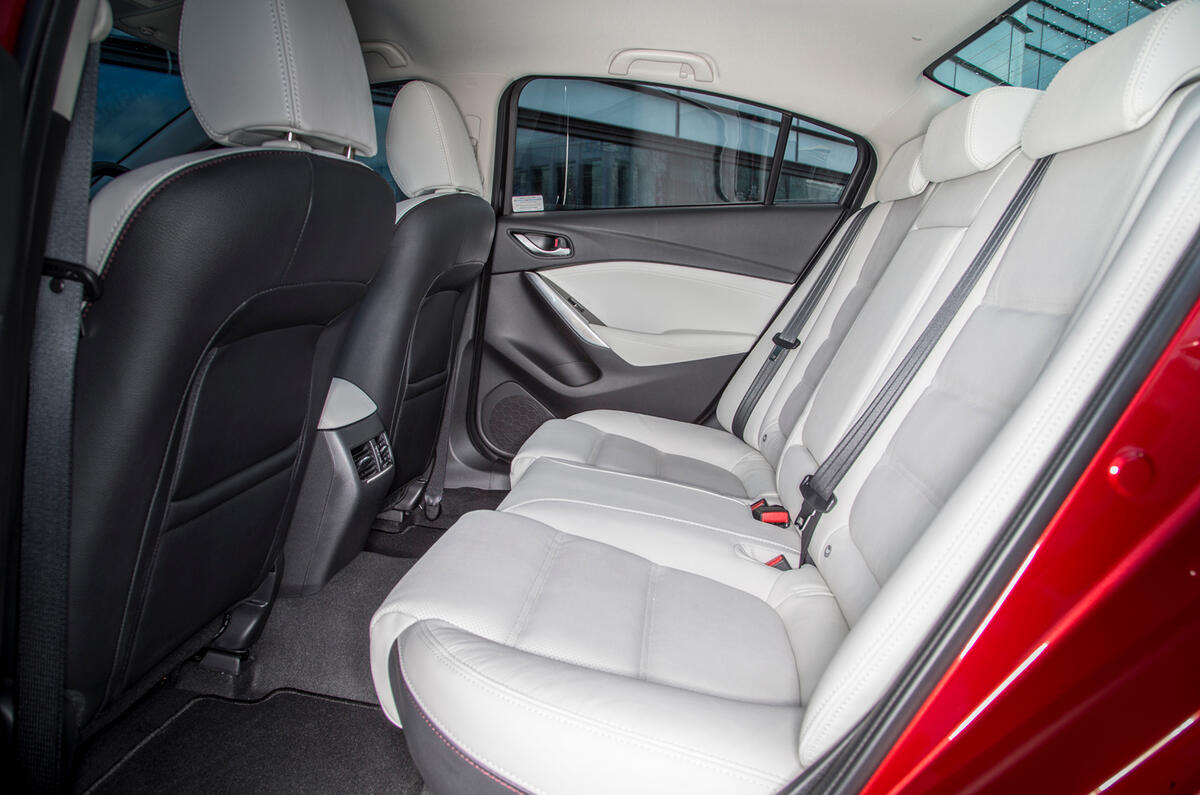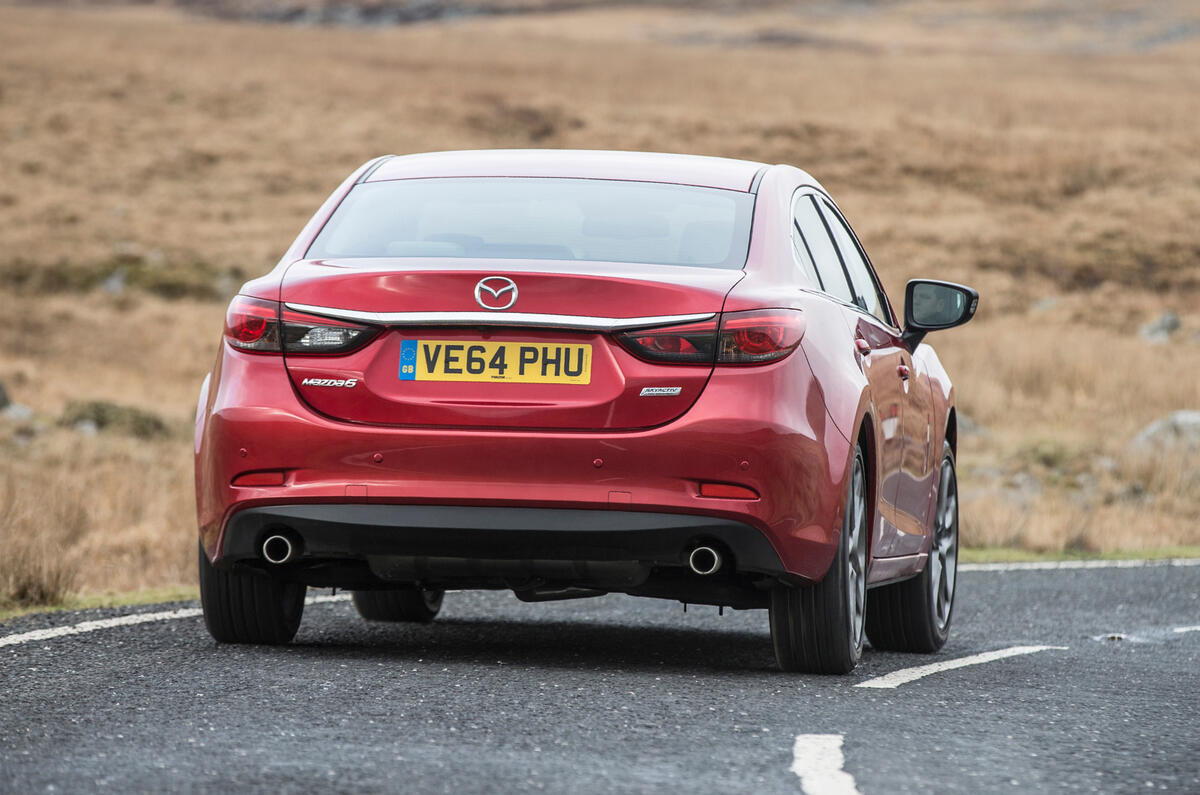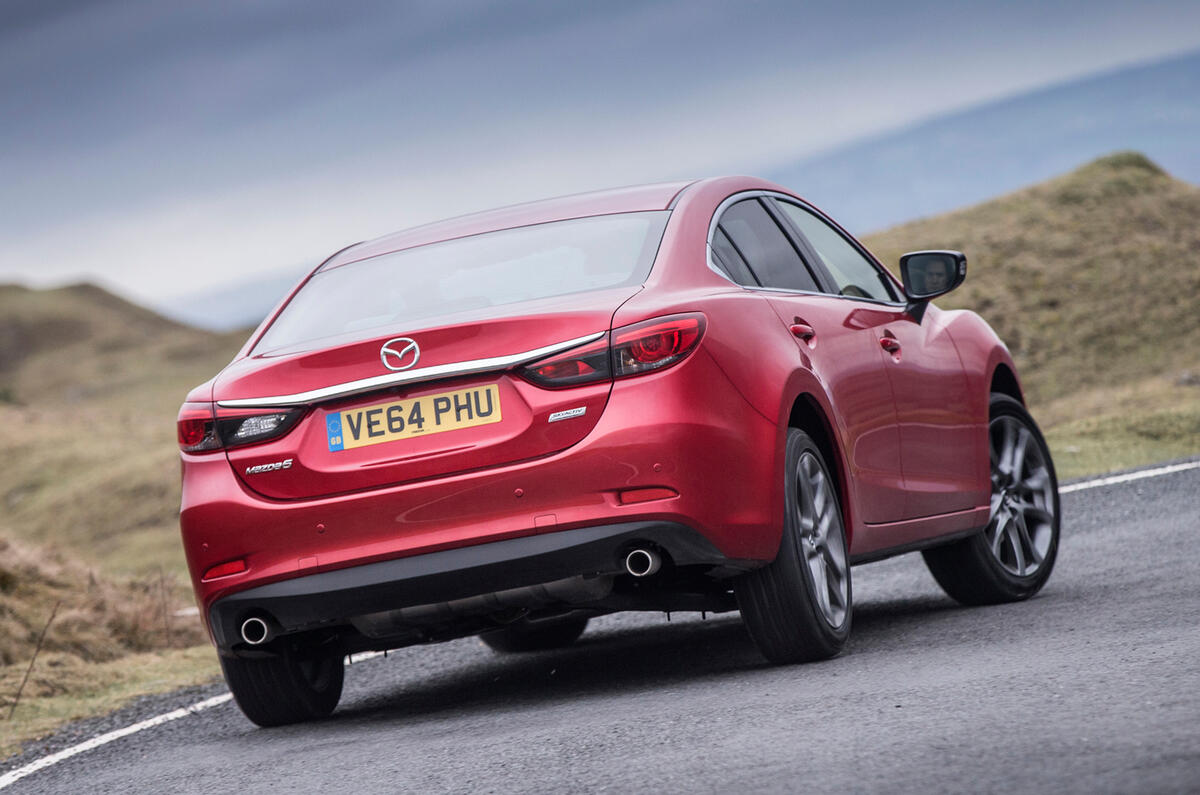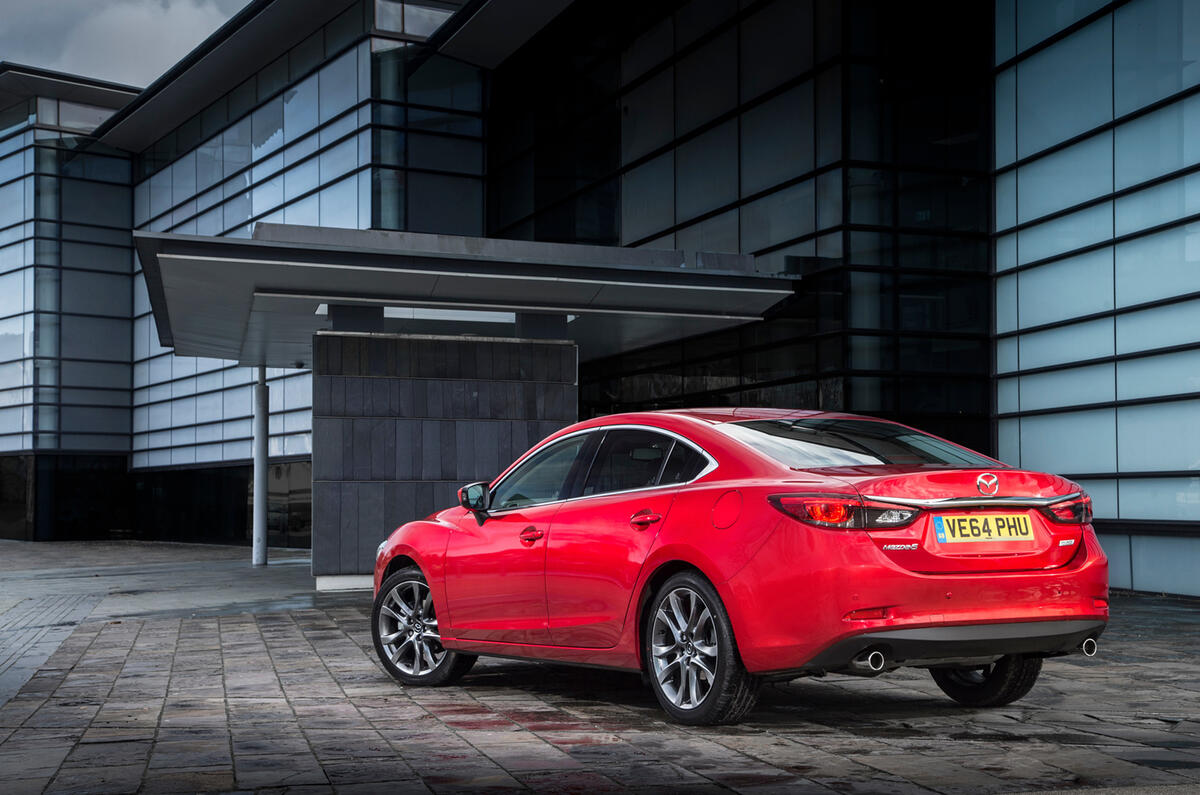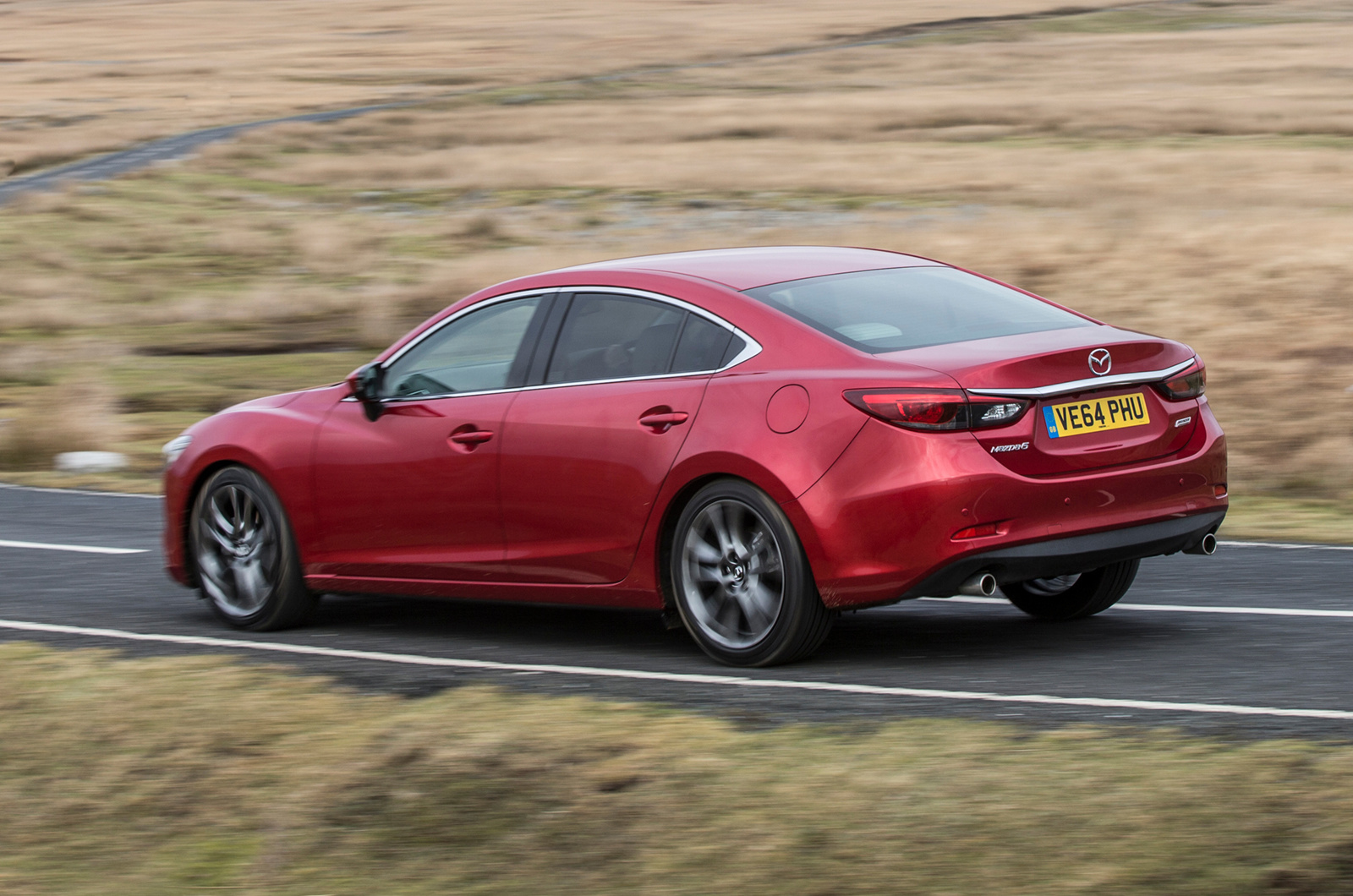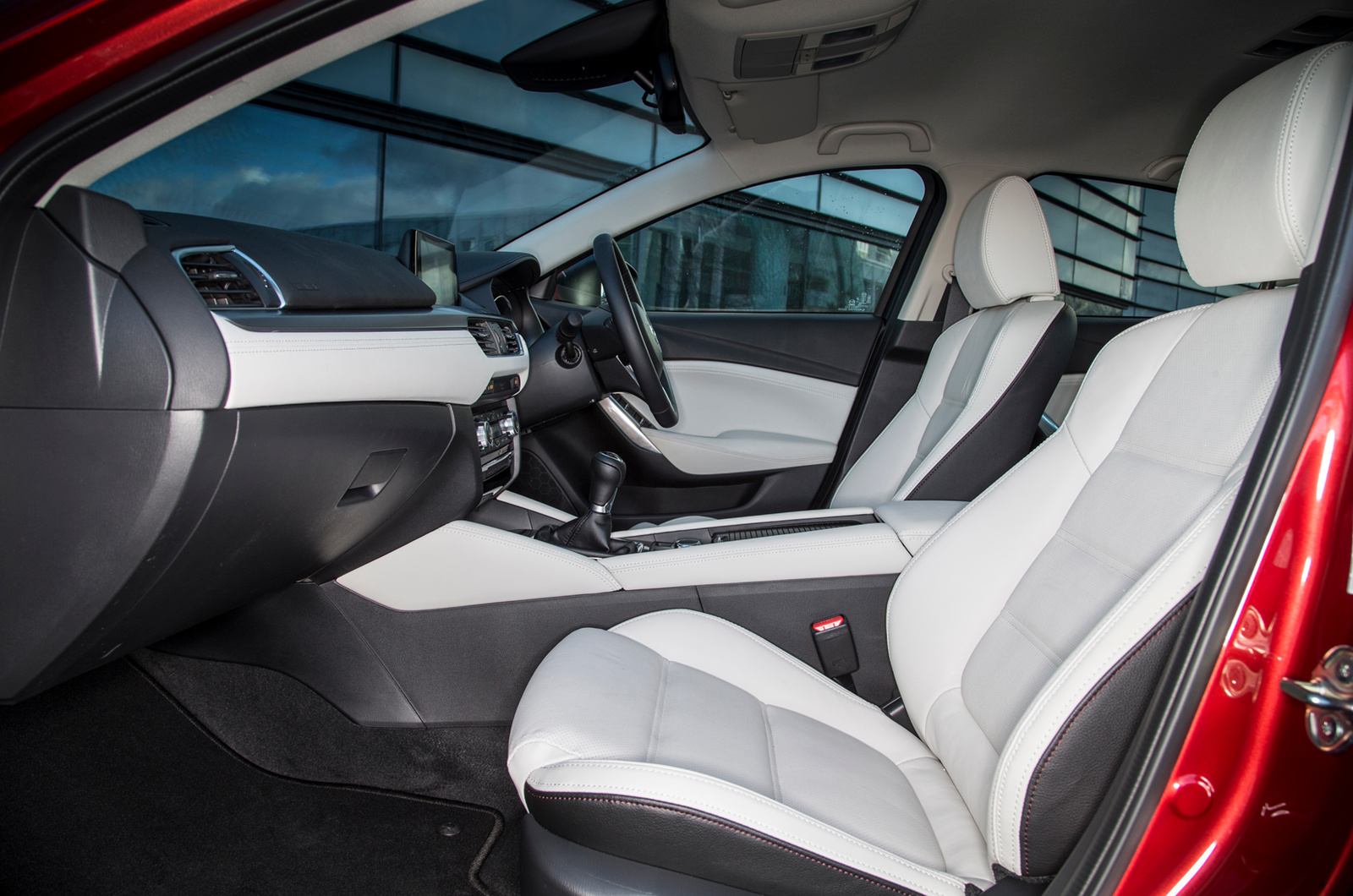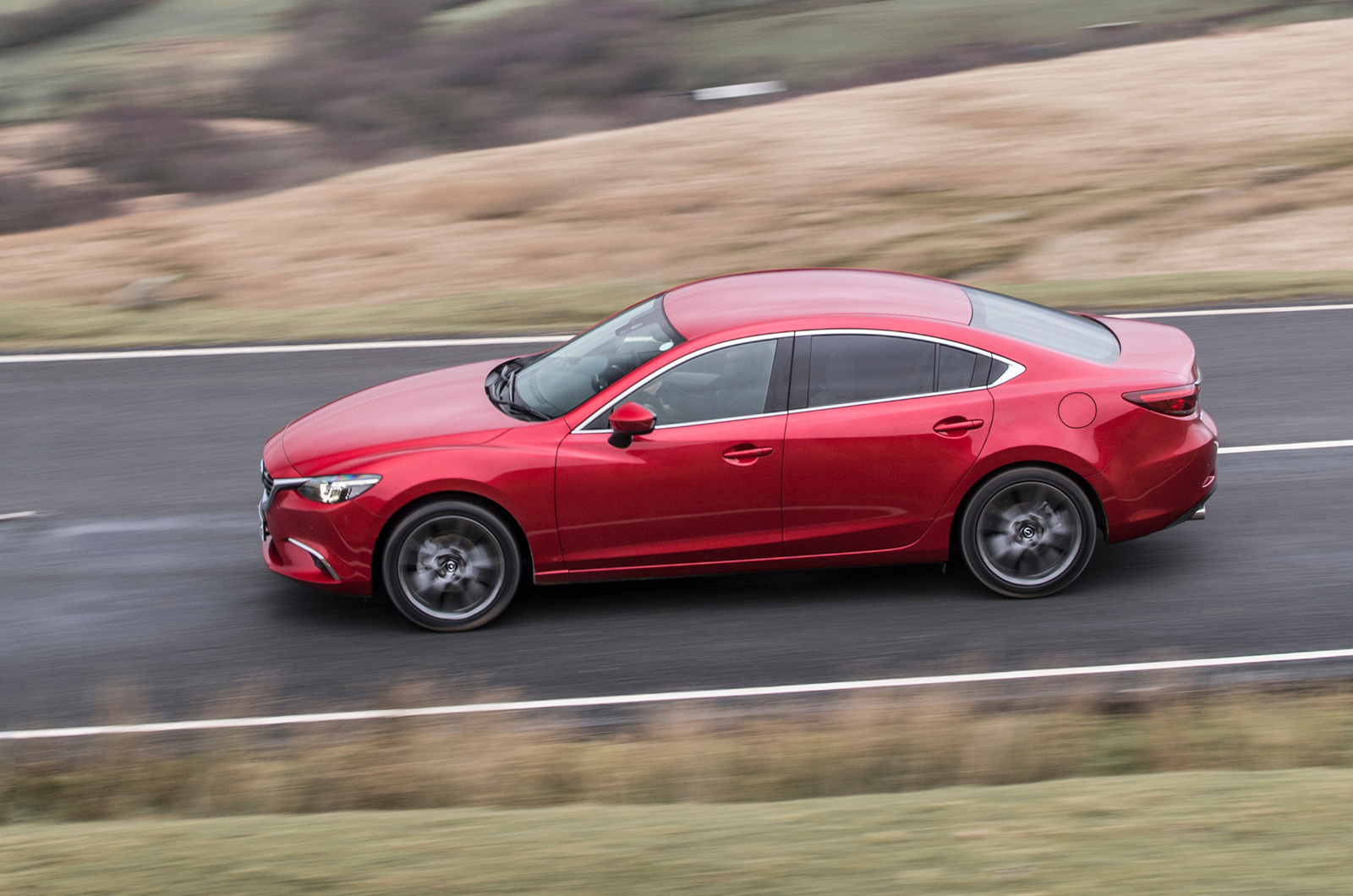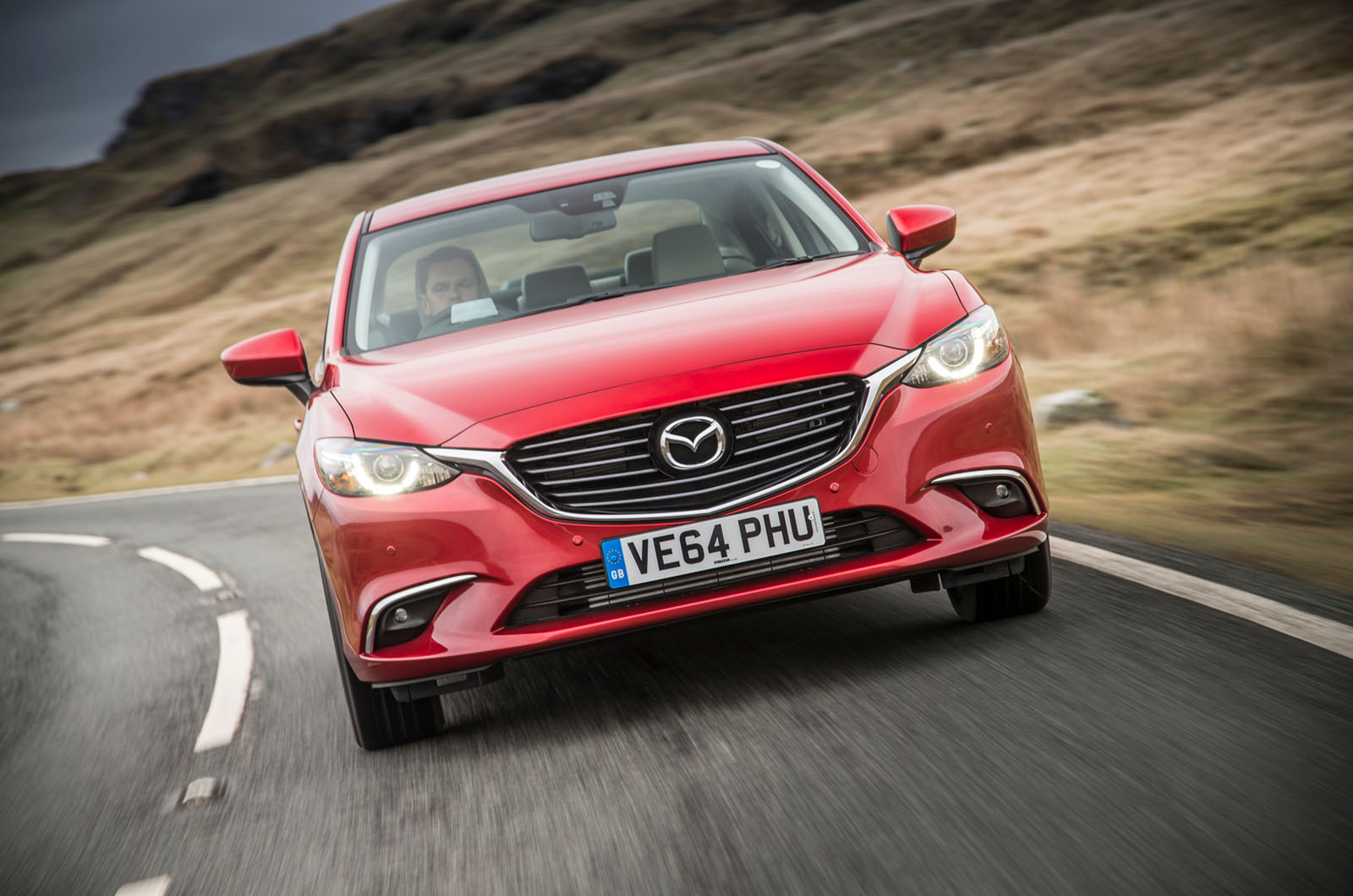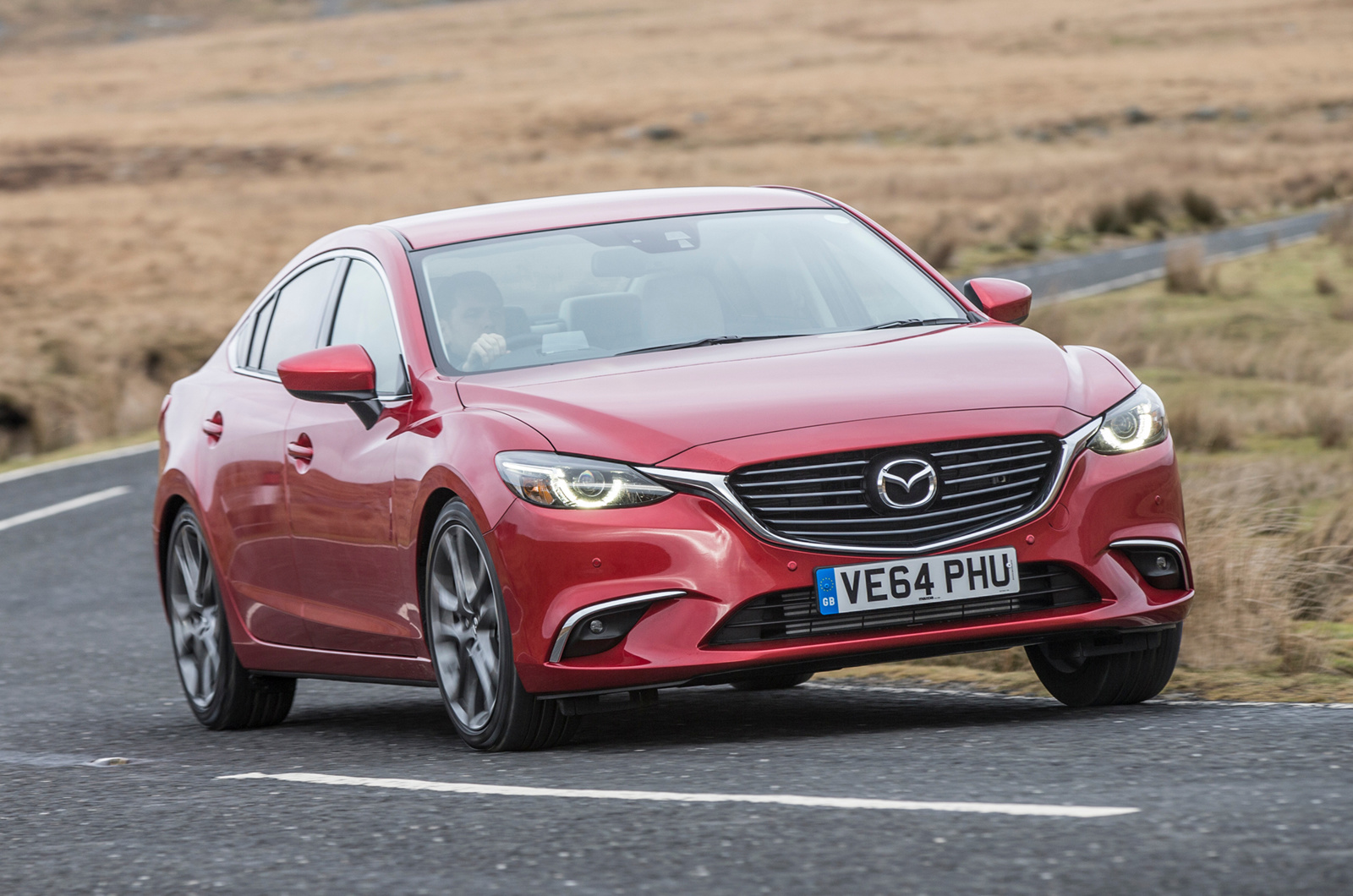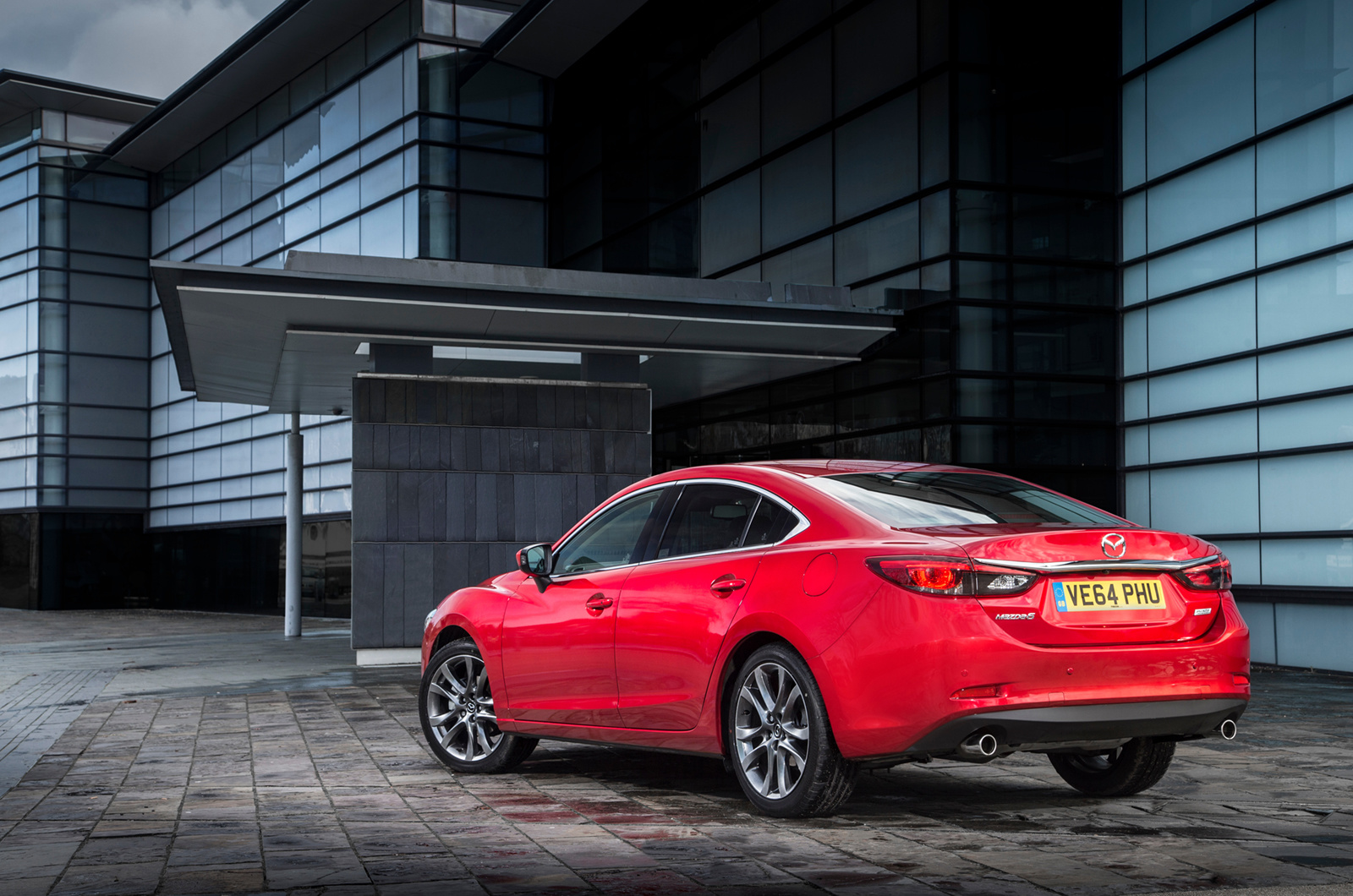The Mazda 6 has long been considered a worthy but uninspiring mid-sized saloon or estate – but no longer, because the latest generation of the Mazda is now good enough to rank among the best.
This is because the 6 has taken a leap forward in terms of technology, efficiency, dynamics and design. Mazda has achieved this stride forward through the full implementation of its oft-mentioned SkyActiv technology, which has dramatically transformed the appeal of its flagship.
The full meaning of SkyActiv will be explored in more detail throughout this test, but the short summary is that this ground-breaking approach to car-building means that Mazda’s days of being an also-ran in the segment are, for the time being, a thing of the past.
The company says the 6 is larger, lighter and much more economical, endowed with the kind of performance figures and low emissions that make waves on a fleet manager’s spreadsheet. A good deal of technology migrates from the Mazda CX-5 we tested last year, but there is fresh innovation, too. The third generation 6 has been given two facelifts during its lifecycle thus far. The first one for the 2016 Mazda 6 models consisted of changes to the Sport Nav trim, which included LED headlights and foglights and a new radiator grille. Inside the whole range benefit from updated fascia, new console, infotainment system and the addition of an electronic parking brake. The changes for the 2017 Mazda 6 model was again done to keep pace with the evolving mid-sized saloon segment. The headlines include an improvement in the equipment levels and the addition of active safety systems.


